William Hogarth
1697-1764 England/Baroque
Click an Image to Enlarge
The Marriage
Contract

Shortly after
the Marriage

The
Tavern

Debtors
Prison
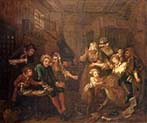
Soliciting
Votes

Election
Entertainment
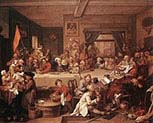
Election
Chairing

Wanstead
House

Beer
Street
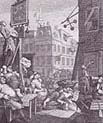
Gin
Lane
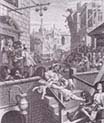
Midnight
Conversation

Interior of
Bedlam
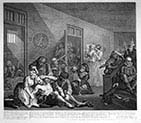
Princess
of Wales

Capt T
Coram

David
Garrick

Family
Portrait
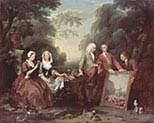
Four Times
of the Day

Humours of
an Election

Madam
Salter
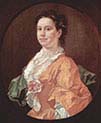
Miss Mary
Edwards

Satan Sin
and Death

Self
Portrait
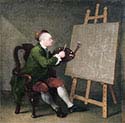
Self-
portrait

The House of
Commons

the
Servants
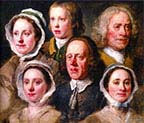
Simon
Fraser

The
Corset

The
Denunciation
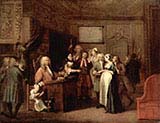
The March to
Finchley

The Marriage
of Stephen-

The
Shrimp Girl

The
Sleeping Town
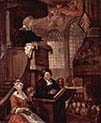
Lord Grey-Lady
Mary West

The
Tempest

The
Graham
Children

The
Strode Family

The Times
of the
Day-Morning
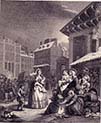
The Times of the
Day-Noon

The Times of the
Day-Evening

The Times of the
Day-Night

Benjamin
Hoadly

Beggar's
Opera
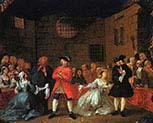
the
Theater

Woodes
Rogers
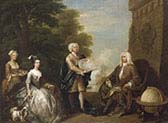
the mackinen
children

the western
family

the bathos
